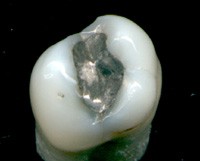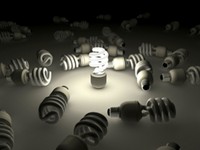Advertisement
Grab your lab coat. Let's get started
Welcome!
Welcome!
Create an account below to get 6 C&EN articles per month, receive newsletters and more - all free.
It seems this is your first time logging in online. Please enter the following information to continue.
As an ACS member you automatically get access to this site. All we need is few more details to create your reading experience.
Not you? Sign in with a different account.
Not you? Sign in with a different account.
ERROR 1
ERROR 1
ERROR 2
ERROR 2
ERROR 2
ERROR 2
ERROR 2
Password and Confirm password must match.
If you have an ACS member number, please enter it here so we can link this account to your membership. (optional)
ERROR 2
ACS values your privacy. By submitting your information, you are gaining access to C&EN and subscribing to our weekly newsletter. We use the information you provide to make your reading experience better, and we will never sell your data to third party members.
Environment
Mercury In Fluorescent Bulbs Has A Unique Isotope Fingerprint
Distinct isotope signal could help researchers track the toxic metal’s movement in the environment
by Journal News and Community
March 4, 2013
| A version of this story appeared in
Volume 91, Issue 9
Compact fluorescent lightbulbs are a smart energy-saving swap for traditional incandescent bulbs. Environmental scientists are concerned, however, that as more fluorescent bulbs end up in landfills the mercury in the bulbs could leach into groundwater. Scientists often analyze the ratios of mercury isotopes in water and air to identify the metal’s source. A study suggests a way to monitor lightbulb mercury by looking for the characteristic isotopic signature generated when mercury atoms are excited to produce light in the bulbs. Chris Mead of Arizona State University and his colleagues let 14-W household lightbulbs burn continuously for up to about two years (Environ. Sci. Technol., DOI: 10.1021/es303940p). Afterward, they broke each bulb and isolated the mercury trapped in the glass. Using inductively coupled plasma mass spectrometry, the team measured the isotopic composition of the trapped mercury and compared it with a mercury standard. The difference between the isotope ratio of the bulb samples and that of the standard is larger than that of mercury from other sources, such as from burning coal, Mead says. The difference could be used to track bulb mercury in the environment.




Join the conversation
Contact the reporter
Submit a Letter to the Editor for publication
Engage with us on Twitter